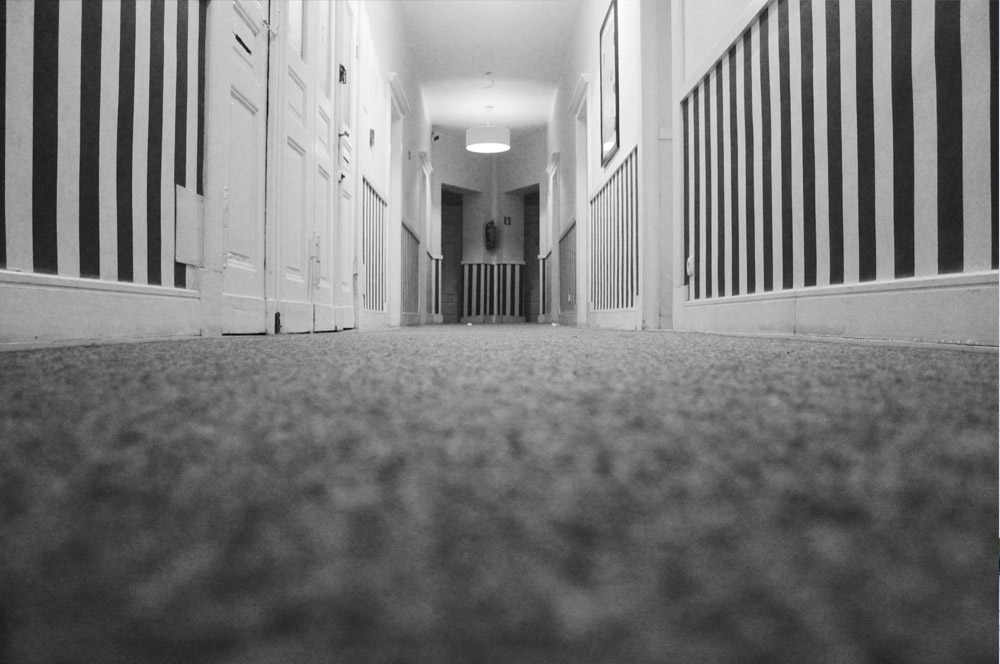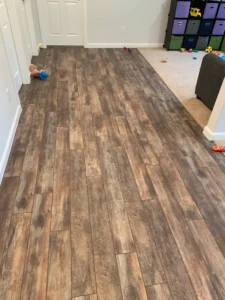Have you ever looked down at your living room carpet and wondered why it looks worse for wear, despite your attempts at regular cleaning? The answer might not be in the stains, crumbs, or pet fur – but in fact the invisible environmental factors that worsen the carpet condition over time.
Various elements such as humidity, temperature, and indoor air quality can cast a profound effect on your carpet’s condition.
Carpets form the foundational element of our living spaces, enduring constant exposure to dirt, dust, spills, and foot traffic. But there’s more to the story than meets the eye. Not all factors contributing to your carpet’s wear and tear are so obvious.
Let’s take a look at those frequently overlooked, yet instrumental elements that have a profound impact on the state of your carpet.
Humidity
Let’s start by exploring humidity – your carpet’s silent adversary. High humidity levels cause moisture to settle into the carpet fibers, leading to possible problems like mold or mildew. These unwelcome guests not only compromise your carpet’s durability, but they also create an unhealthy indoor environment. The secret weapon in this battle is a good-quality dehumidifier that can control the moisture level inside your home, protecting both your respiratory health and the condition of your carpet.
Temperature Fluctuations
Moving onto temperature fluctuations, these can have a substantial contribution to wear and tear in carpets. Under high temperatures, the fibers of your carpet could lose their elasticity and become brittle, leading to faster deterioration. In the colder months, temperatures can contribute to moisture retention, again raising the appearance of our unwelcome guests, mold and mildew. To extend the lifespan of your carpet, try to maintain a consistent indoor temperature throughout the year.
Air Quality
Lastly, let’s talk about indoor air quality or IAQ. Did you know your carpet acts as a reservoir, trapping pollutants such as cigarette smoke, dust mites, allergens, and more? Over time, these pollutants can degrade the fibers of your carpet and can be harmful for you and your family. While regular vacuuming can help control this, it’s also recommended to have your carpet deep cleaned every 12 to 18 months. Furthermore, removing an old carpet can lead to increased satisfaction with indoor air, fewer headaches and improved productivity due to better ventilation.
Conclusion
In conclusion, environmental factors can significantly impact the longevity and performance of your carpet over time. By controlling humidity, ensuring consistent indoor temperature and maintaining good indoor air quality, you can greatly improve your carpet’s lifespan and the overall quality of your indoor environment.
For more tips & tricks, or for high-quality Denver carpet replacements, visit our site or give us a call today.






